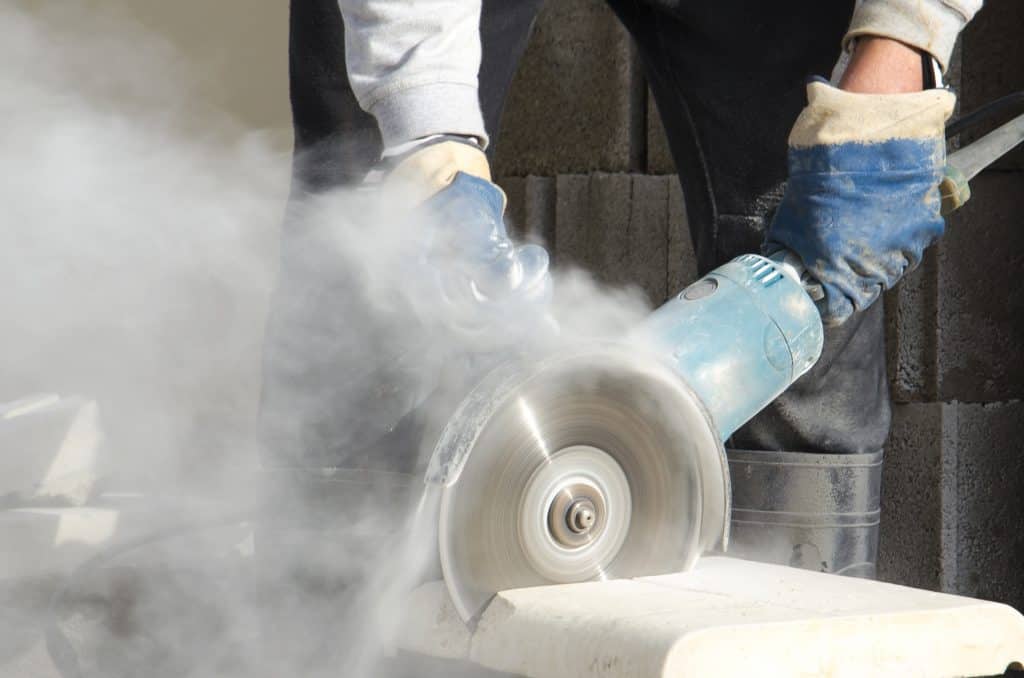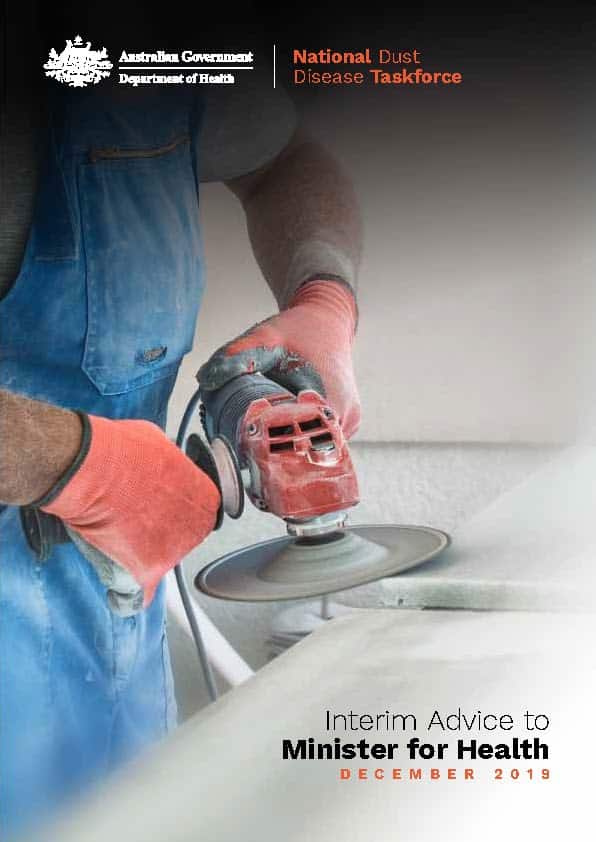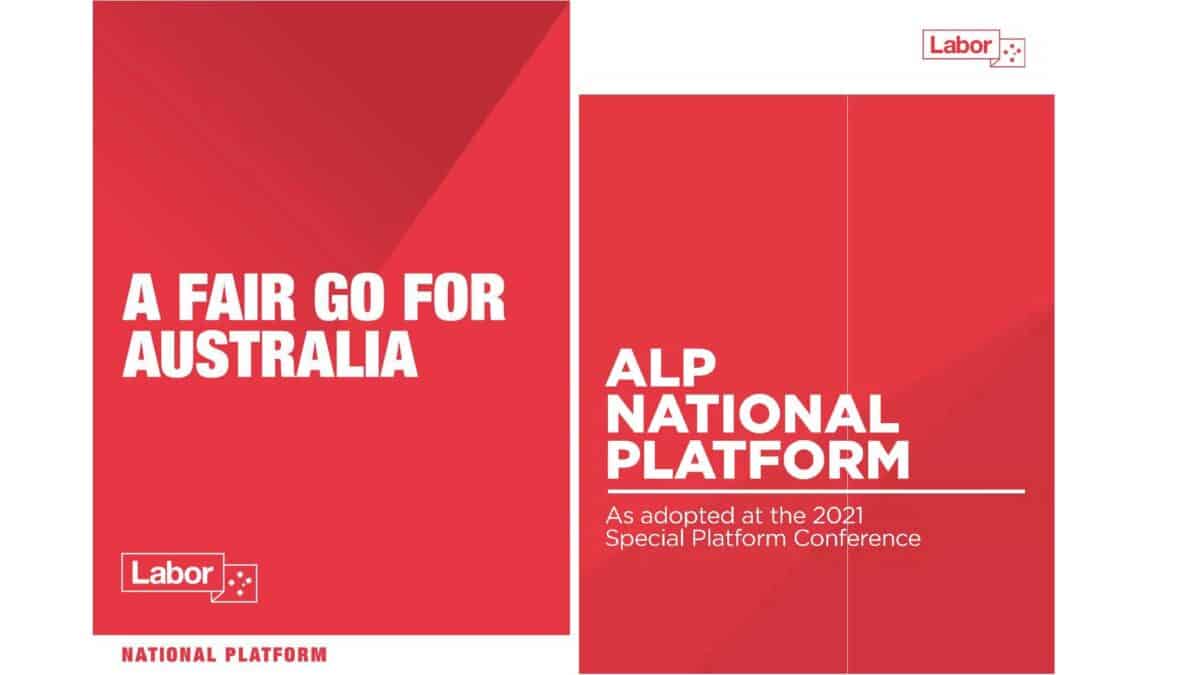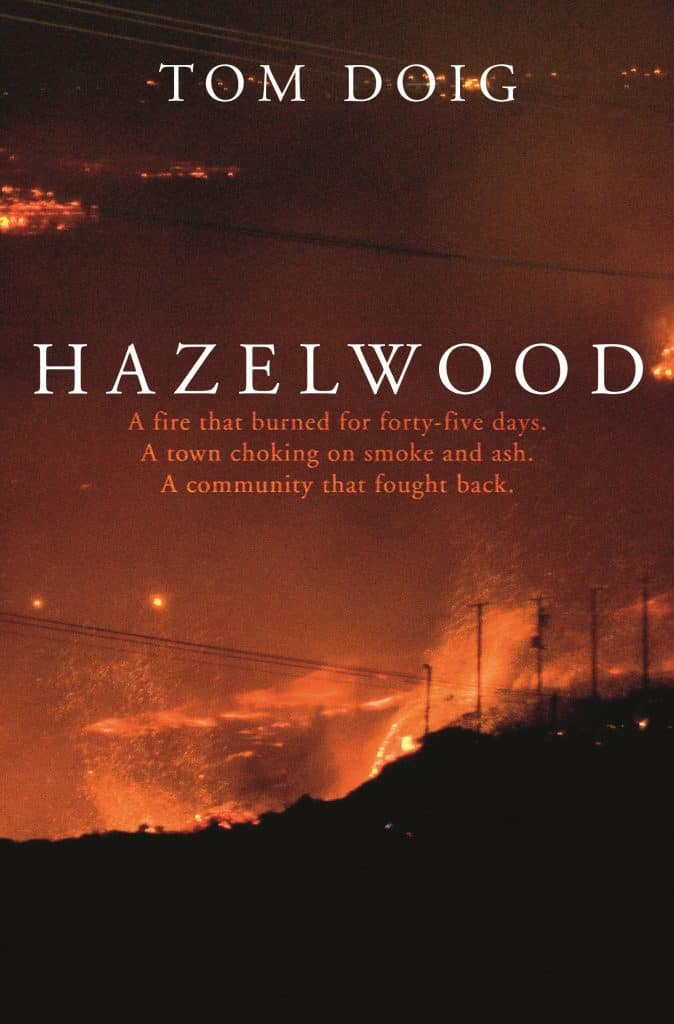Last week Australian media covered a confrontation between Prime Minister Scott Morrison and a pensioner, Ray, in Newcastle. Most of the coverage focused on Ray’s criticism of the commitments of the Morrison Government to support and reward those citizens willing to “have go”. The full 5-minute video provides a much better context to the man’s complaints than do the short edits on most media bulletins. That context seems to include concerns about workers’ compensation and the processes of the Dust and Diseases Board.
Category: dust
It’s all about the context
Occupational health and safety (OHS) should prevent any of its conference speakers from ever using the image of an iceberg or a triangle to illustrate managerial theories. The images are valid but have been done to death in conferences over the last decade.
I came to this position when recently reading a very short article on Systems Thinking by Veronica Hotton in Dumbo Feather magazine. Hotton used the iceberg as a visual metaphor for what can be seen and what is less visible but equally influential and much larger than the visible top.
Her article is a very good, succinct explanation of systems thinking for the general reader, but I was less interested in the iceberg and more in the ocean.
The OHS agenda of the Australian Labor Party
Given that the protection of worker health and safety will gain more attention and support under progressive parties and governments, the release of the 2021 National Platform for the Australian Labor Party (ALP) is notable. The 2021 document, unsurprisingly, focuses on the role of Health and Safety Representatives, appealing to its financial and political trade union base as major influencers on occupational health and safety (OHS).
This article will focus on the chapters in both the 2021 and 2018 platform documents related to safe and healthy workplaces, although there are OHS-related issues dotted throughout both documents.
Twelve months of work-related deaths
In 2008, prominent occupational health and safety (OHS) advocate, Hilda Palmer wrote about the inadequate estimates of work-related deaths in the United Kingdom. Keeping work-related death confined to traditional categories provides a false understanding of the reality of OHS. Palmer wrote:
“Far from being complacent about the health and safety record in this country, we need to be honest and open, and examine what is really going on”.
Recently, at the 2021 Workers Memorial, a representative of the Victorian Trades Hall read out a list of those who have died at, or due to, work in the last 12 months. It was a list of 47 people. The categories have expanded to include truck incidents, asbestosis, silicosis as well as the more traditional traumatic injuries. Curiously no suicides. A transcripted list of those 47 is below.
Continue reading “Twelve months of work-related deaths”Important safety, environmental, political and personal stories in book on the Morwell Mine fire
Dr Tom Doig has continued to build on his earlier work about the Morwell mine fire, expanding his “The Coal Face” from 2015 into his new book “Hazelwood” (after court-related injunctions, now available on 18 June 2020).
SPECIAL OFFER: The first four (4) new Annual subscribers in the month of June 2020 will receive a copy of Hazelwood.
The Morwell mine fire created great distress to residents in Victoria’s Latrobe Valley, ongoing health problems, and a parliamentary inquiry, but can also be seen as a major case study of occupational health and safety (OHS) laws, enforcement, role and the obligation on employers to provide a safe and healthy working environment that does not provide risks to workers and “protect other people from risks arising from employer’s business”. The management of worker and public safety is present in almost every decision made in relation to the Morwell Mine fire. The overlay of an OHS perspective to Doig’s book is enlightening.
OHS data still in short supply

The Peter Sandman quote concerning delivery people and infections that appeared in an earlier SafetyAtWorkBlog article highlighted an issue from 2005 that was taken up in Senator Tony Sheldon‘s questioning of the head of Safe Work Australia, Michelle Baxter, in Senate Estimates on March 4 2020. Sheldon has challenged SWA in earlier committee meetings but his confidence is increasing as he covered more issues than delivery workers and coronavirus.
Michelle Baxter was also questioned on the provision of OHS guidance in languages other than English, silicosis data and the banning of engineered stone.
Good progress, but………

The Australian Government is starting to address the silicosis risk associated with engineered stone. The Health Minister, Greg Hunt, has said in a media release on January 23 2020 that the government will accept all five recommendations of the interim advice of the National Dust Disease Taskforce. However, some of these seem half-hearted and some actions will take a long time, which does not necessarily help those workers currently at risk.



